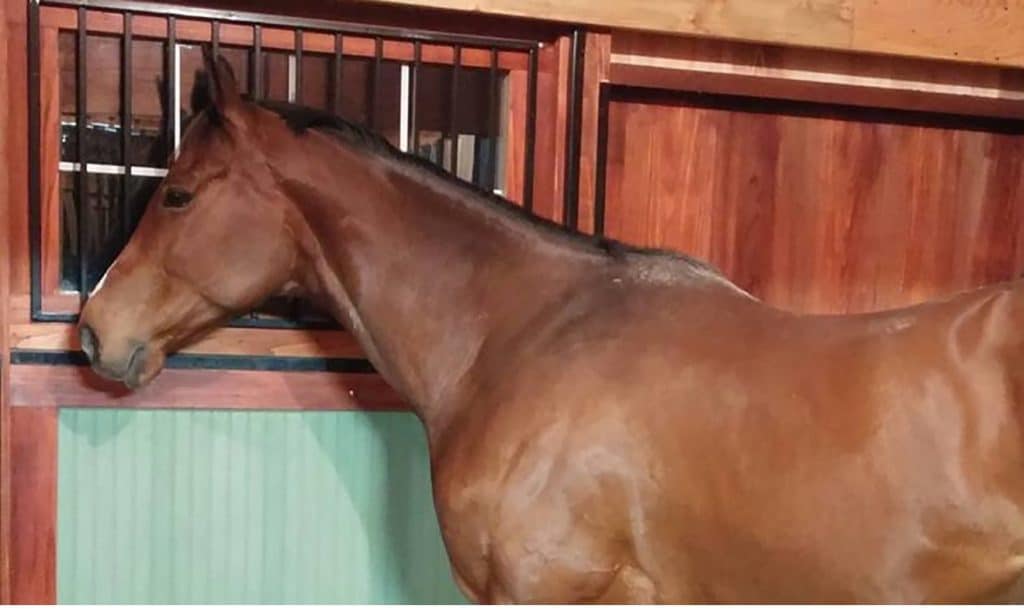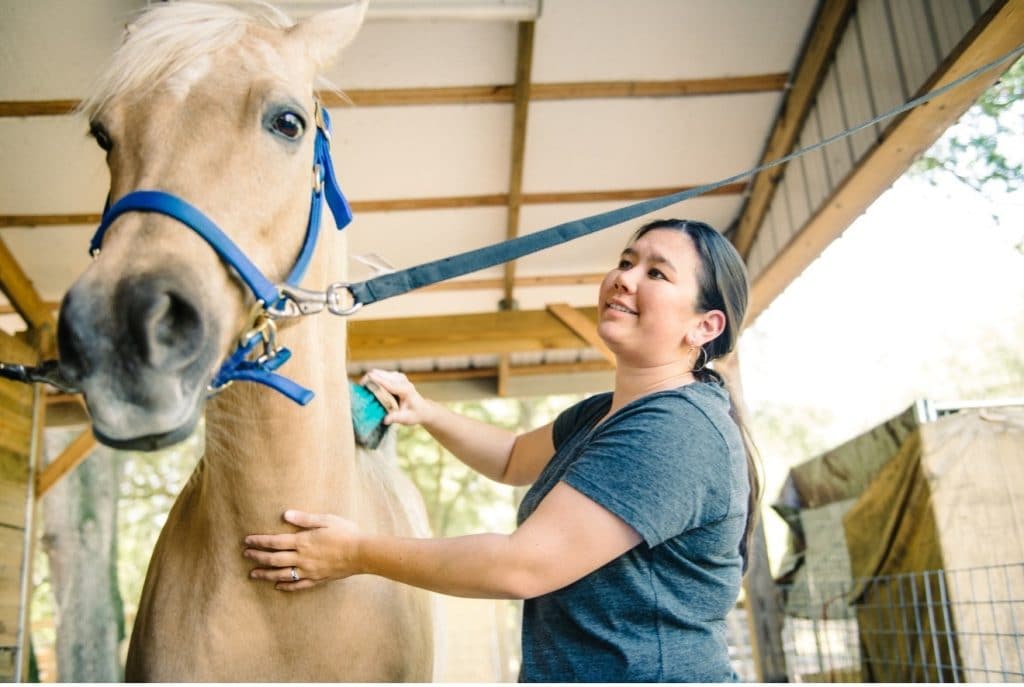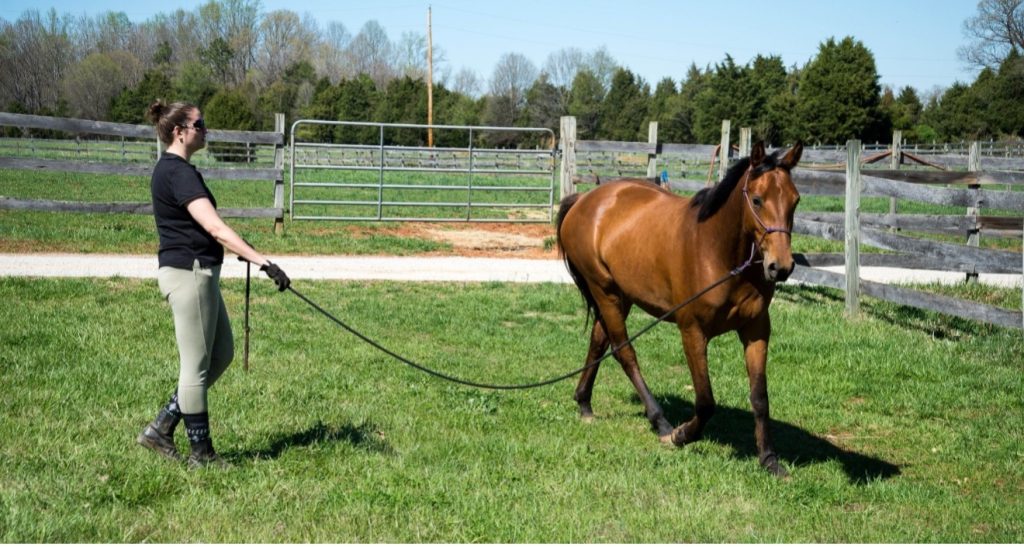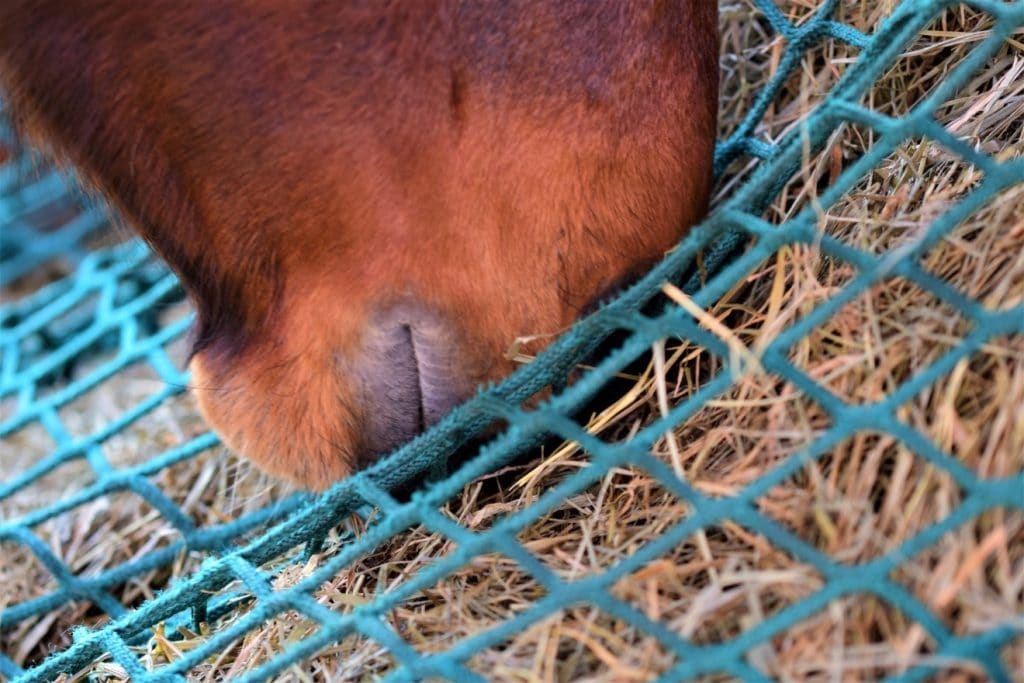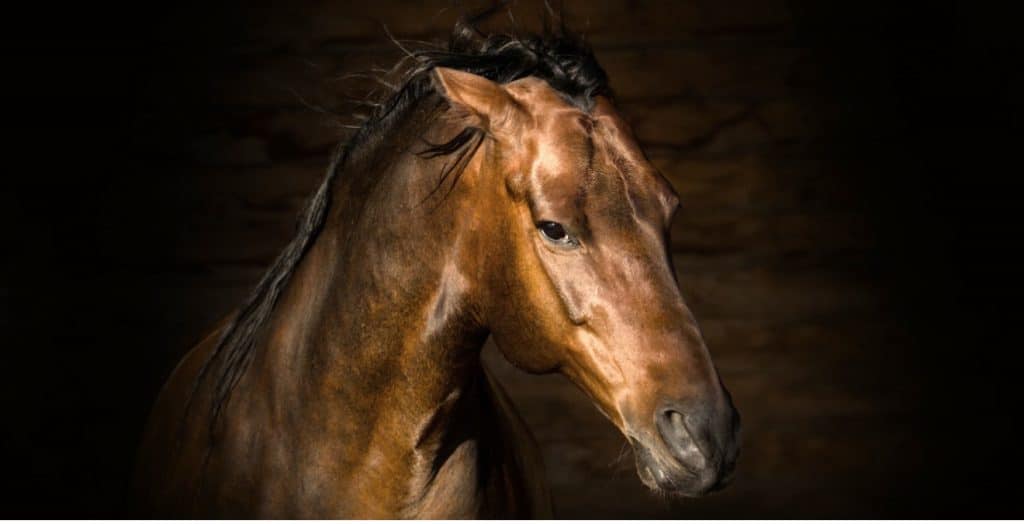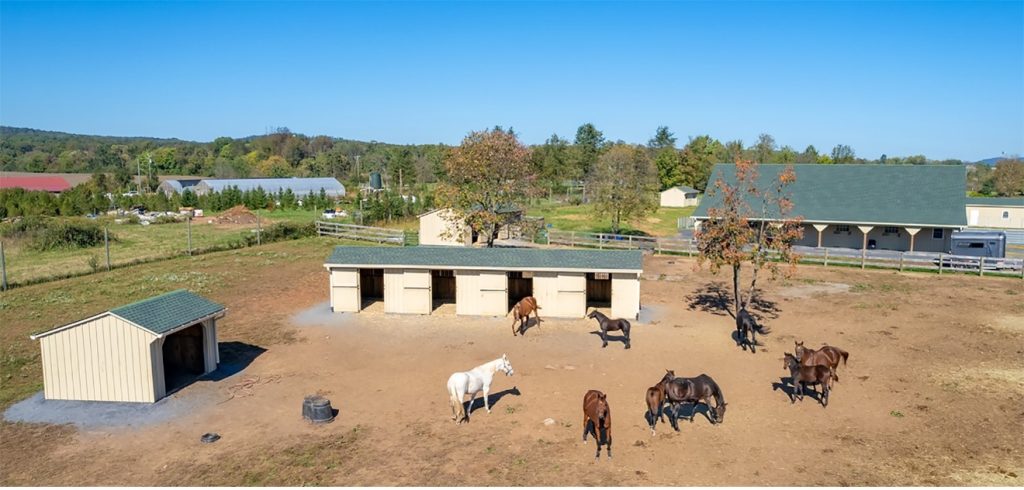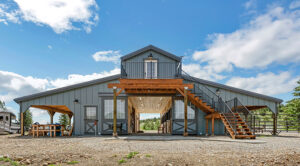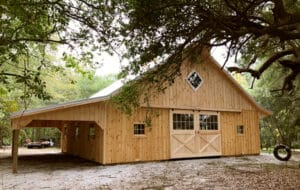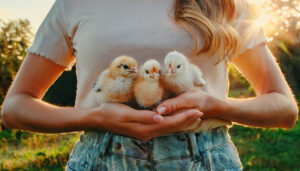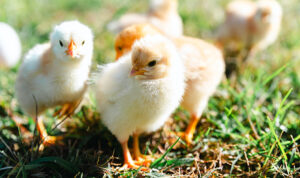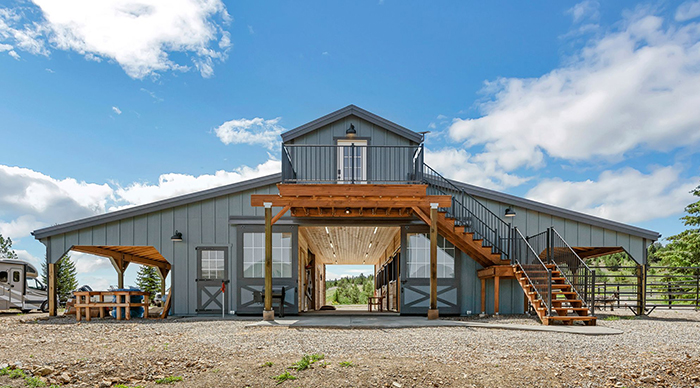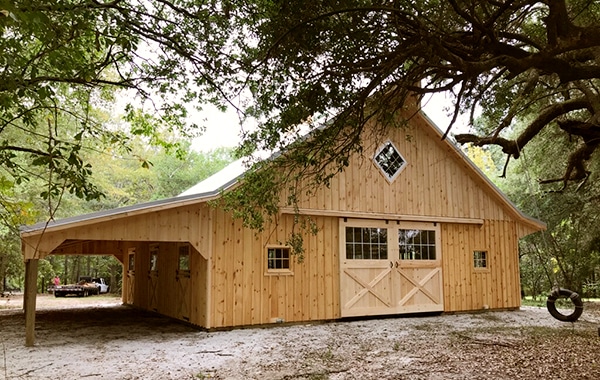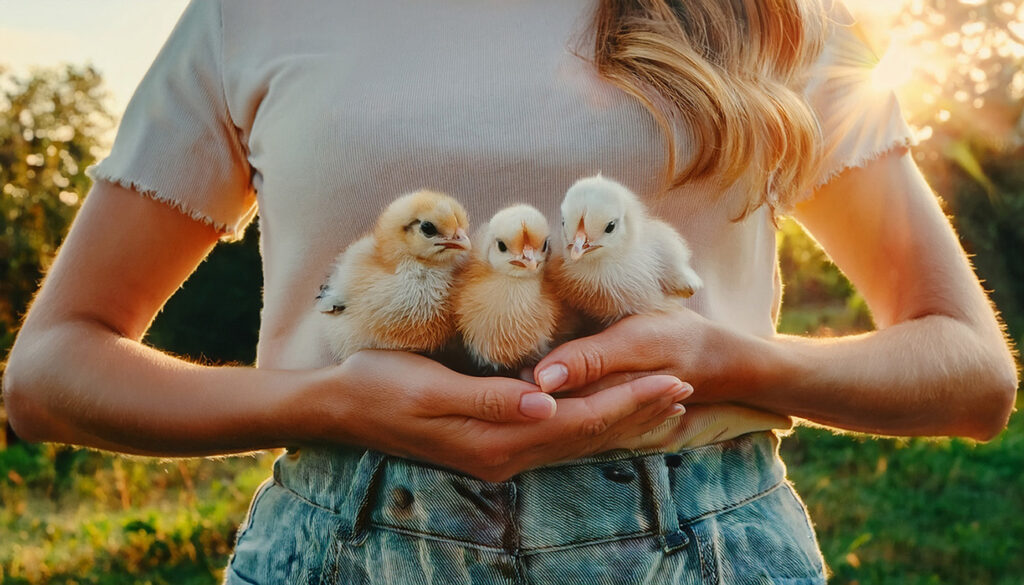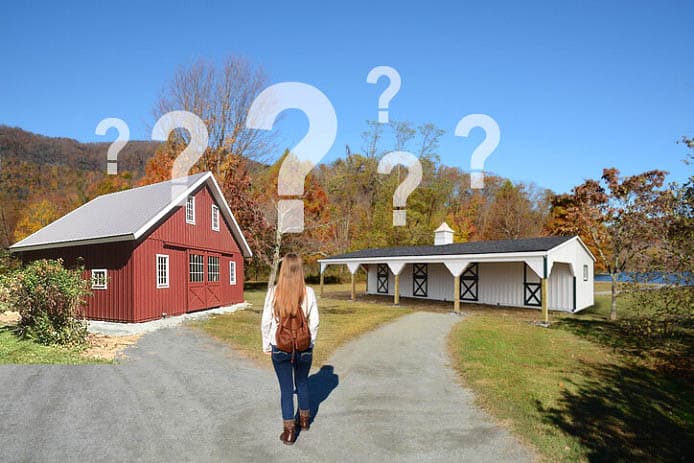If you spent any time at all around horses you’ll appreciate that just like us they do better when they are kept happy and enjoy life. Predictable routines especially feeding times, space to roam, consistent and professional care, all come in to play when it comes to managing the mental health of our 1500 pound partners.
A necessary part of most horse stable care includes stabling the beast. Sometimes the timeline on stall time can be a ‘stall-cation’ for the equine. Horses that are recovering from surgery, injury or illness or prevented from usual turnouts by adverse weather or location, are just some of the factors that can increase the time they must spend indoors.
Horses that are stabled for any length of time quickly become bored with their surroundings and lack of freedom. As the renowned professional dancer Derek Hough says, “ Motion is emotion.” This is true for all beings and horses dance to their own tune when it comes to their individual abilities to handle the stress of being confined to a small space.
There is a laundry list of stressors that can contribute to a horse becoming mentally unstable when circumstances dictate a captive environment is necessary:
- Boredom
- New stable mate(s)
- New caregiver
- Different barn or stable
- Change in training routine
- Weaning
- Illness
- Noise
- Smell
- Transport
- Change in caregiving routine
- Irritation from pesky flies and biting bugs
- Inclement weather
Performance horses are often subjected to limited turnout simply because they are at showgrounds for much of their lives with breaks between of either stressful transport or intense training and competition. In other instances snow storms or bad weather may deny the usual turnout activity for the horse.
It is essential that special attention be given to the mental and physical needs of any equine that is confined to a stable for lengthy periods of time to help mitigate the risk of ulcers, bad behavior and bad habits developing in the horse.
Here are a few suggestions on how to calm a horse in a stable and alleviate the stress factors that may negatively impact your equine partner:
The Comfort of Routine
Horses will anticipate a routine of daily events such as training, feeding, bathing, turnout times etc., and sticking to a schedule can help defray nervousness in the horse by providing a set program that it can expect every day.
Routine also comes in the form of the caregiver. Assignment of a particular groom or experienced caregiver for a horse can increase its comfort level and reduce stress.
Touch and Turnout
Most horses love human interaction and finding time to conduct a grooming, bathing and massage time for the horse can do wonders for its well-being. Establish a workable program that is split up during the day to minimize boredom for the horse and maximize the movement of the horse to and from the stall.
While at showgrounds turnout options may be limited or deemed not viable for worries over transmission of contagious disease. Handwalking a horse even without grazing can be beneficial for its mental health. Find a quiet area away from the hustle and bustle of the show activities and pick times when the grounds are quiet such as early morning or early evening.
The one type of touch a horse happily does without is that of pesky flies or biting bugs. The use of leg wraps, lightweight flysheets and a carefully placed commercial grade fan can help deter the annoyance that insects can cause. Fly repellent systems in horse barns can also be implemented to limit the fly population.
For horses in rehabilitation where their ability to walk may be compromised, consider adding a ‘lanai’ space to a Dutch door stall set up, that may be under cover of the overhang of the barn and sheltered from bad weather. This can give the opportunity for the horse to move minimally within a slightly larger space and enjoy fresh air and more views of what is going on around the farm.
During inclement weather such as snowstorms, even a few brief walks up and down an aisleway or a quick turnout in an indoor arena/lunge session can make a huge difference in keeping the stalled horse sane.
Room With A View
The provision of Dutch doors and windows (that are kept clean!) in stalls will facilitate a view their equine occupants can enjoy all day long. This can greatly diminish boredom for the horse.
However, sometimes mental stimulation is not required. For example, at a busy showground stabling set up, it can be hard for the horse to rest. Remember that horses nap many times throughout the day. The best way to help your horse relax is to screen the front of the show stall with fabric or other covering to minimize both noise and visual stimulation.
It is also helpful to take a neighboring stall as a tack space so there is a side of its stall the horse can stand without being forced to be near a strange horse.
Hay Feeders/Toys
When you take away from a horse the opportunity to graze, it is important you substitute something for the missing chewing satisfaction factor, to minimize the risks for ulcers and gastric issues as well as limit the likelihood the horse will start to crib or wood chew.
The use of slow feeder hay nets can help keep the horse entertained for longer when eating (as well as saving on hay wastage).
There are many horse toys on the market that can be hung in the stall to provide a distraction for the horse. There are even ‘pacifiers’ for horses!
Ensure that hay nets are hung at an appropriate height to prevent hooves finding their way into the openings but not so high as to cause an unnatural head position for the horse to eat. Hay nets are generally not recommended for foals for this reason. Similarly toys should be carefully placed to avoid injury.
Managing Noise & Smells
Noise can significantly increase stress levels in horses. Research has shown that certain pitches and types of sounds can aggravate even a calm horse while specially formulated music patterns can actually reduce stress.
There is no doubt that tannoy/PA systems can cause anxiety in horses. I can personally attest to this fact. My first USA purchased horses was an ex Grand Prix showjumper called McCloud. I kept him at livery at the beautiful ex Marshall Field estate at Caumsett State Park, Long Island, NY and was actively trying to establish him in a new career in the dressage ring. On days when the facility would offer a hunter jumper show or showjumping event, the PA system would broadcast all day long. When I saddled up My ‘Big Mac’ to take him out for a hack away from the disturbance and bustle of the show, he would buck and cavort about behaving more like a 3 year old than the 16 year old self he was, and even take it into his head to trot into any standing horse trailer with a ramp down. After 6 years at the advanced level in showjumping, he associated the PA system with the need to amp up and get ready to clear massive oxers and puissance fences.
On other days when my riding partner husband Paul and I enjoyed trail rides together Paul enjoyed playing a prank on me. He would occasionally emit his version of a hunting horn. Big Mac would take ‘note’ of this noise and bolt off toward the barn in full flight. Apparently the horse had been foxhunted once, been panicked by the hounds and the sound he associated with the fake hunting horn noise was enough to send him galloping into oblivion.
Paul was also subject to the reactions that certain sounds can elicit from a horse, however well trained the beast. When his horse Mistral, (a chestnut OTTB he had trained to FEI dressage level) heard geese gathering for their flights south, the horse would become tense and hard to control. We never learned why the noise bothered him, but it made Fall rides very interesting.
Horses certainly have a Pavlovian conditioning response to sound and we train them everyday. From rattling a bucket of grain to obtain a horse’s attention across a field to bring him in, to impatient equine diners in the barn kicking stall doors when they hear the feed bin lid raised, we have all experienced the horse’s reaction to sound.
Mother Nature can also add her own barrage of noise to the horses’ environment as can annoying neighbors. During firework events, hurricanes or thunderstorms the use of a piped in calming music or use of earplugs can all help alleviate the stress that such commotions can produce.
Certain smells, especially the scent of seasoning mares near stallions or smoke from forest fires that permeates the air, can be managed with the application of a small amount of Vicks on the muzzle of the horse. This trick is often used in international horse transport for stallions where they must travel in close proximity to mares.
A good passive ventilation system is a must for any confined horse, to ensure its respiratory health.
It’s All About Design
It hopefully comes as no shock to any horse owner that the better the horse barn is designed the better the chance a stabled horse will not suffer mental distress.
Windows, limited in/out access, insulated roofs to minimize noise, good barn management and stall layouts and sizes, all factor in to making the stabling space user-friendly for the horse.
Additions such as fly repellent systems, piped in music, toys and fans all offer solutions to keep a stabled horse mentally stable.
Always put the horse first when setting up your horse barn and show routines. Allow plenty of down time between show seasons and consult with your veterinarian for changes that may be needed in the horses’ nutrition for periods of less or more than normal activity.
Good horse care does take a diligent team. Efforts to minimize the stressors in a horse’s life are rewarded with good horse health and better performance.


